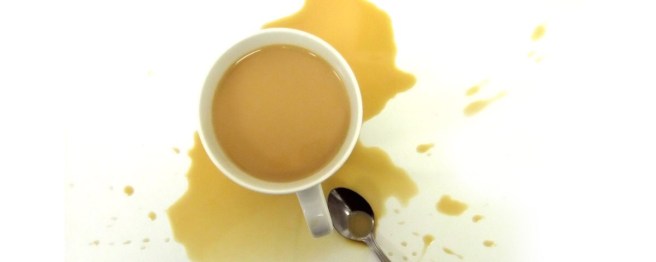
If I asked you to draw a picture. A picture which portrayed the act of making tea. The intent being to communicate the process. What would you draw?
You might depict a kettle boiling. You might draw a teapot. Water pouring into the teapot. You might sketch a teabag or you might show a tea strainer. Maybe a cup and saucer, or a mug. You might have a jug of milk, or a bowl of sugar. Maybe even a biscuit being dunked?
But would you draw tea plants being dunked in hot bubbling geysers? Would you show a cocktail shaker being vigorously oscillated with its tea and water contents? Would the teabag be shaped like a rubber ring stretched over the cup so that the water could pour through, into the cup? Probably not.
Now it might well be that the tea making process has been honed. Improved beyond improvement. Maybe the teabag or the teapot and strainer are supremely efficient and effective. Maybe putting the tea into the water is the most practical method, rather than pouring the water slowly through the tea? But we probably thought we had it all worked out, for many centuries before the teabag was invented. Now we have at least three shapes of bag in the world.
Day to day, in everyday ways, we are constrained in our thinking by our knowledge. By historical experience. By custom. It makes us lazy. Deprives us of imagination and true creativity. Diminishes our ability to think divergently. It denies us new choice.
What are you doing right now, which you simply take for granted?
It is the way it has always been.
Instead, learn to unlearn. Learn to experiment. Especially in the way you live. The way you come to the world. The way you are.
Try breaking away from the constraints of what you know.
Maybe not knowing, will grant you a new freedom?









